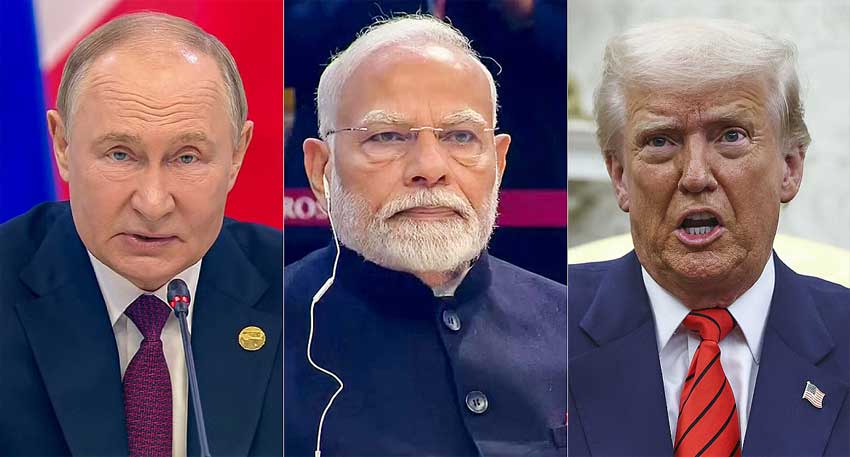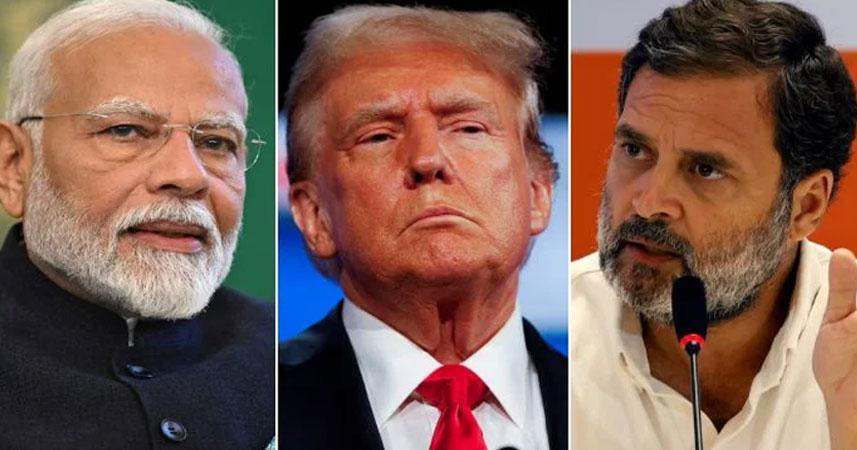
Brent crude futures rose 80 cents, or 1.2%, to $68.44 a barrel at 10:37 a.m. EDT (1437 GMT), while U.S. West Texas Intermediate (WTI) crude rose 80 cents, or 1.2%, to $65.96.
On Tuesday, both crude benchmarks fell for a fourth session in a row, with Brent closing at its lowest since July 1.
"Prices bounced up on the potential higher tariffs on India but the market is waiting for some sort of a formal implementation as well as which elements in the market are to be affected," said Rystad analyst Janiv Shah.
Trump issued an executive order on Wednesday imposing an additional 25% tariff on goods from India, saying it directly or indirectly imported Russian oil. India, along with China, is a major buyer of Russian oil.
That announcement came despite comments from a Kremlin aid earlier on Wednesday that U.S. envoy Steve Witkoff held "useful and constructive" talks with Russian President Vladimir Putin, two days before the expiry of a deadline set by Trump for Russia to agree to peace in Ukraine or face new sanctions.
Russia was the world s second-biggest producer of crude oil in 2024 behind the U.S., according to U.S. federal energy data.
"Expectations appear that India may reduce its buying of Russian crude, but I can t see them doing so entirely as they have been making supernormal profits on buying cheap Russian crude," said Ashley Kelty, an analyst at Panmure Liberum.
Read more: Sugar crisis spirals out of control as shortage despite govt rate fix irks public
Rystad s Shah said a planned supply increase from the OPEC+ group, which includes the Organization of the Petroleum Exporting Countries and allies like Russia, would offset a potential decline in Russian oil supply.
Indian Prime Minister Narendra Modi, meanwhile, will visit China for the first time in over seven years, a government source said on Wednesday, in a further sign of a diplomatic thaw with Beijing as tensions with the U.S. rise.
U.S. OIL INVENTORIES
Oil markets also found support from a bigger-than-expected decline in U.S. crude inventories last week.
The U.S. Energy Information Administration said energy firms pulled 3.0 million barrels of crude from inventories during the week ended August 1. ,
That was much bigger than the 0.6-million barrel draw analysts forecast in a Reuters poll but was smaller than the 4.2-million barrel decline market sources said the American Petroleum Institute trade group cited in its figures on Tuesday.




